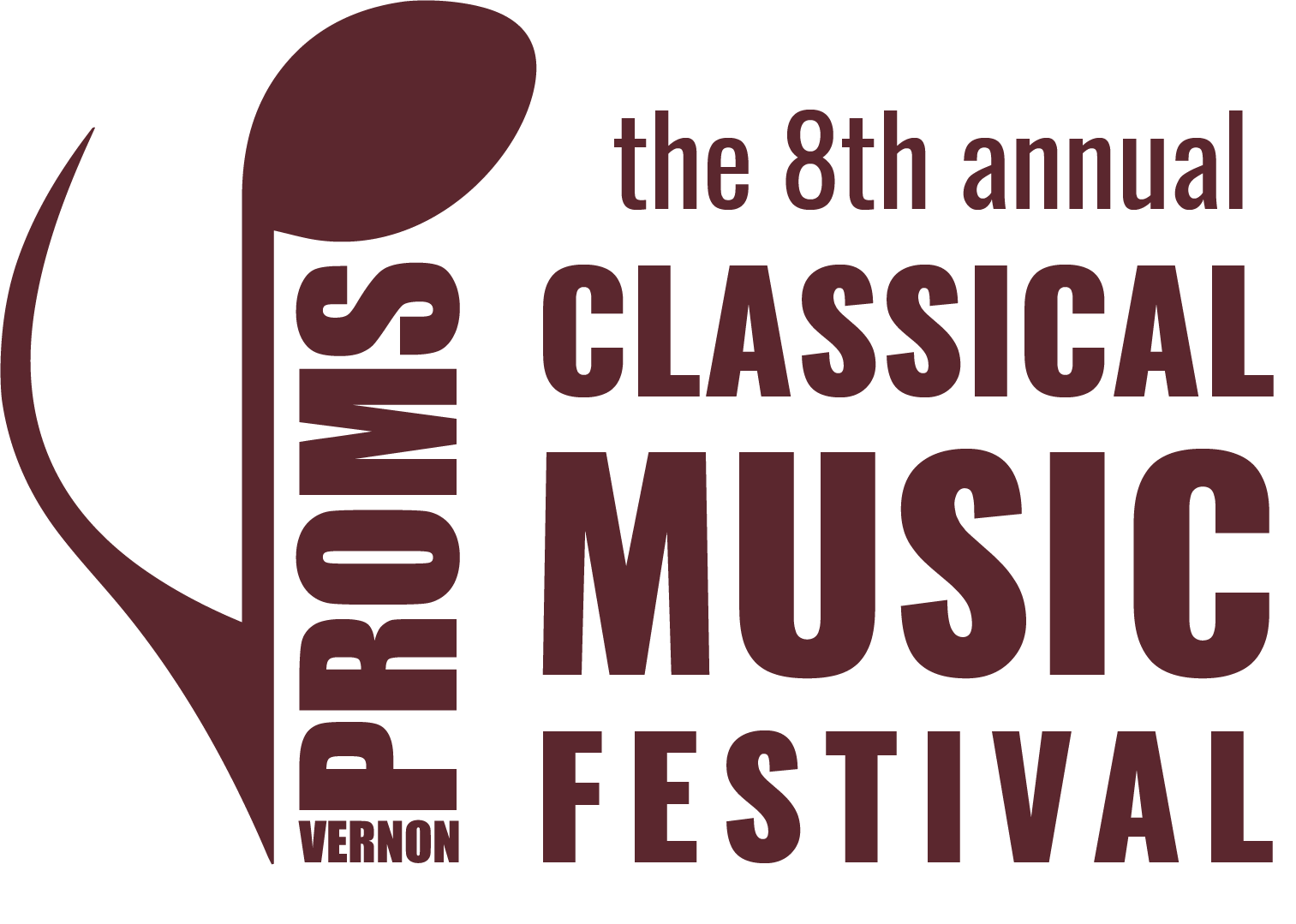Music for violin or viola and piano with Cvetozar Vutev and Dimiter Terziev
Enjoy the delightful program of music for violin or viola and piano by English, French, German, Hungarian, and Bulgarian composers, from the countries where the actual Orient Express used to travel through
Program
Edward Elgar (1857 - 1934)
"Romance" for violin and piano, Op. 1
"Salut d'Amour" for violin and piano, Op. 12
La Capricieuse, Op. 17
Gabriel Faure (1845 - 1924)
Sonata for violin and piano # 1, Op. 13 in A Major
Johannes Brahms (1833 - 1897)
Hungarian Dances # 1, 5 and 7
Zoltan Kodaly (1882 - 1967)
Adagio for violin and piano
Bela Bartok (1881-1945)
Romanian Folk Dances
Parashkev Hadjiev (1912 - 1992)
Suite for violin and piano
Single ticket: regular $22, senior/student $18, kids under 12 free
Program notes
Welcome aboard! Travel on the the iconic route across Europe and hear some local music along the way!
Edward Elgar ( 1857 - 1934) was a British composer from the late Romantic era in the music history. He began learning violin, piano and organ from his father, who was a professional musician. Later Edward became professional violinist for 7 years in both the Birmingham and the William Stockley's Symphony Orchestra. His first early adult compositions were mostly for violin and piano. Later he composed major symphony and instrumental works, such as the Enigma Variations, 2 symphonies, violin concerto, cello concerto, Poms and Circumstances Marches, Serenade for Strings, violin sonata, piano quartet, string quartet, etc.
Romance in E minor, Op. 1 was composed in 1878/79 and published in 1885. The piece was dedicated to one of Elgar's closest friends and orchestra colleague, Oswald Grainger.
Salut d'Amour, Op. 12 was composed as an engagement present for Elgar's future wife Caroline Alice Roberts in 1888. The original title of the piece, "Liebesgruss" (Love's Greeting), which was related to Caroline's fluency in German language. However, the original title of the work has been changed by its first publisher, Schott & Co in Mainz (Germany), in order to make it more attractive on the European market. Later Elgar made arrangements of the piece for cello and piano, and for orchestra.
La Capricieuse, Op. 17 was first published in 1893 in Leipzig (Germany). Since then this piece has been performed and recorded by many outstanding violin virtuoso players, such as Jasha Heifetz, Michael Rabin, Ivry Gitlis and others.
Gabriel Faure (1845 - 1924) was a French composer, pianist, teacher, church organist and choirmaster. He studied piano and composition under Camille Saint-Saens, who later became on of his life long best friends. Faure was a director of the Paris Conservatoire for many years. Among his most famous compositions are his Requiem, Nocturnes for piano, song cycles, and his string quartet.
The Sonata for violin and piano in A Major, Op. 13 was composed in 1875/76. Its premiere in January 1877 in Societe Nacionale in Paris was Faure's first big success as composer and since then the work has been considered a masterpiece. The sonata has four movements: Allegro molto, Andante, Allegro vivo, and Alegro quasi presto. Later in his life Faure composed a second Sonata for violin and piano, which didn't become as popular as his first one.
The Austro-Hungarian capital of Vienna was unquestionably one of the most multicultural cities in Europe before the First World War. This variety of cultural and artistic traditions was reflected in numerous works by great and not so great “main stream” composers capitalizing on the perceived exoticism of various minority traditions. The Hungarian Dances by Johannes Brahms (1833-1897) are a perfect example of this trend. These are probably the most accessible and popular of the composer's works, known otherwise for his seriousness, depth, and traditionalism. Brahms was fascinated by the Hungarian Roma music traditions since his youth when he had the opportunity to listen to and perform with the famous Hungarian violinist Ede Remenyi. The composer based the majority of the dances on what he thought were authentic folk tunes and was completely unaware that they were composed by an obscure Hungarian composer named Bela Keler (1820-1882). Originally written by Brahms for a piano duet, the Hungarian Dances were later arranged for violin and piano by the great violinist Joseph Joachim (1831-1907). These are very melodically inventive, emotional, and well-crafted works sounding fresh and appealing almost 150 years ago after their composition. Get ready for ear-worms!
The Hungarian composers (and good friends) Zoltan Kodaly (1882-1967) and Bela Bartok (1881-1945) are credited with redefining the very concept of authentic folk music, and how that music could be incorporated into the 20th century mainstream. Liszt, Brahms or Grieg might have been masters of introducing national elements in their music, but they were completely oblivious to or uninterested in the ancient folk traditions of Europe. For them the terms “popular” and “folk” were practically synonymous. In contrast, Kodaly and Bartok were interested only in the ancient layers of folk music, which had survived in remote communities in Hungary and other Eastern European countries. They believed that only this music truly represent the nation's “soul”, and the only one worthy to enter the realm of classical music. This concept was still in its infancy when Kodaly's composed his Adagio – beautiful and romantic early work but is in full bloom in Bartok's Romanian dances – probably the most accessible work he ever composed.
Without any doubt, Parashkev Hadjiev (1912-1992) was one of the most important 20th Century Bulgarian composers. He is remembered today mostly as a song and opera composer, writing the almost unbelievable number of 21 operas, 9 operettas, and about 2000 songs. His Suite for Violin and Piano masterfully combines a neo-romantic style, idioms of Bulgarian traditional folk music, and 20th Century harmonic language.


